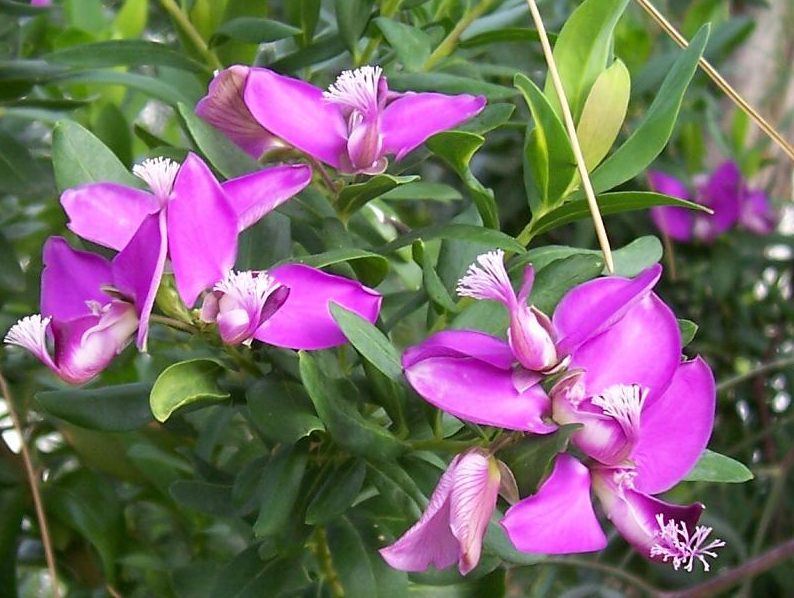Created on: Tuesday, Aug 9th, 2016
Invasive.org: http://www.invasive.org/gist/global/australia/pol.html
Weeds in Australia: http://www.environment.gov.au/cgi-bin/biodiversity/invasive/weeds/weedde...
Invasive Assessment at Victoria Resources: http://vro.agriculture.vic.gov.au/dpi/vro/vrosite.nsf/pages/invasive_myr...
Florabase: https://florabase.dpaw.wa.gov.au/browse/profile/8395
Queensland Weeds: http://keyserver.lucidcentral.org/weeds/data/media/Html/polygala_myrtifo...
Reviewed by Gina Darin.
- < 13 : accept (low risk of invasiveness)
- 13 - 15 : evaluate further
- > 15 : reject (high risk of invasiveness)

